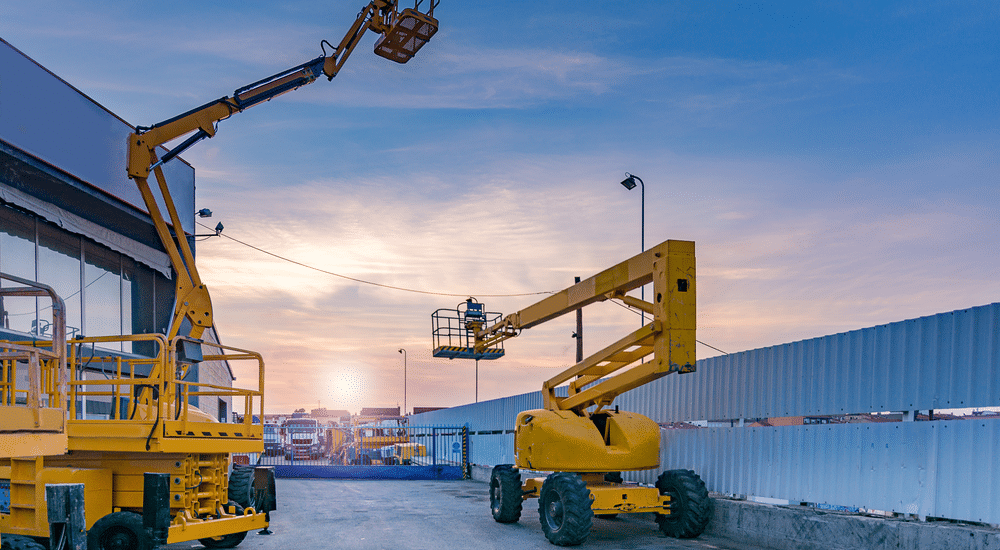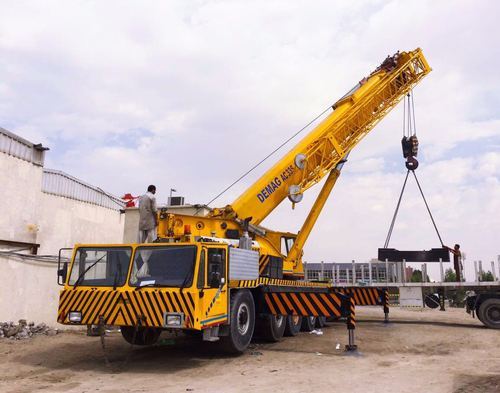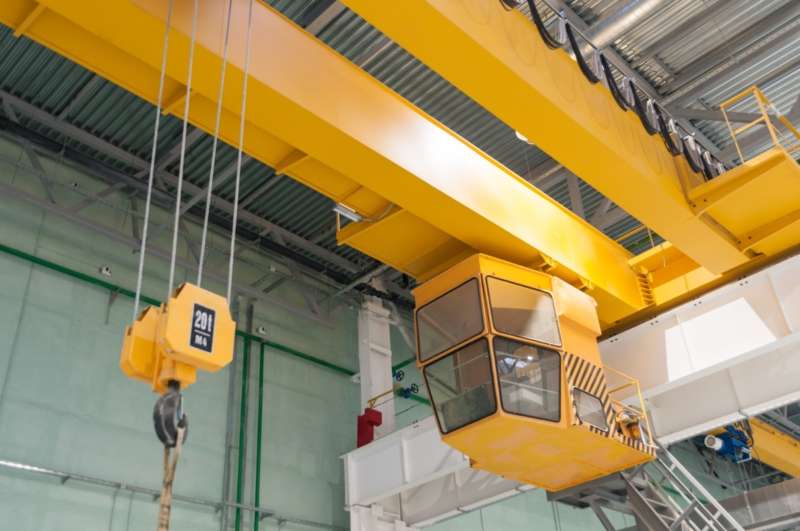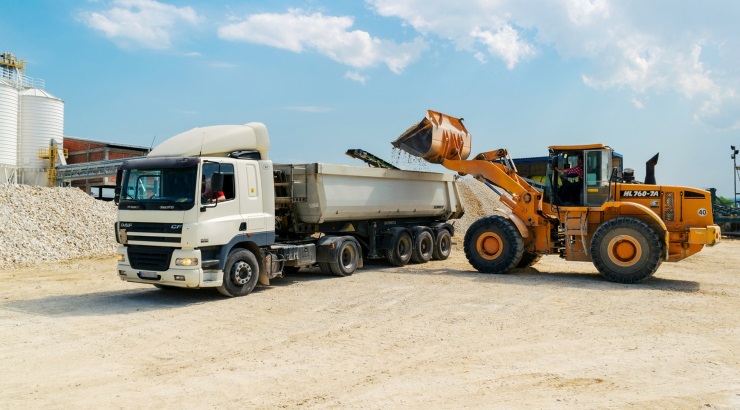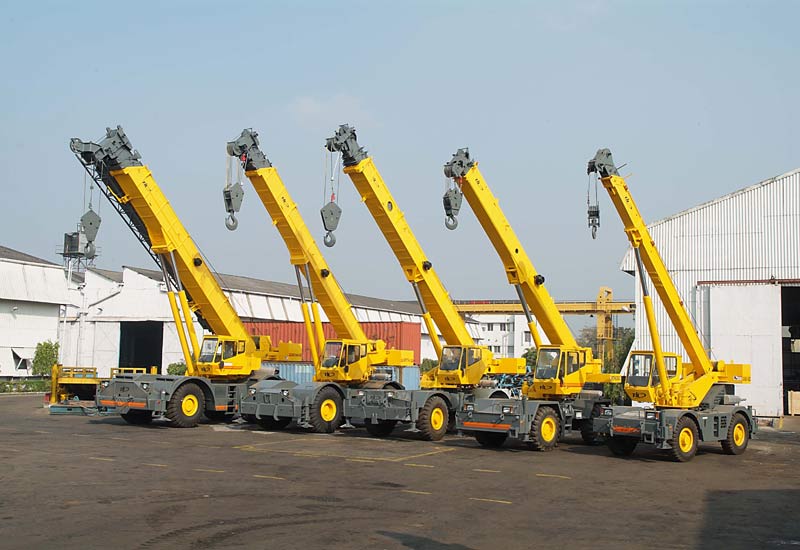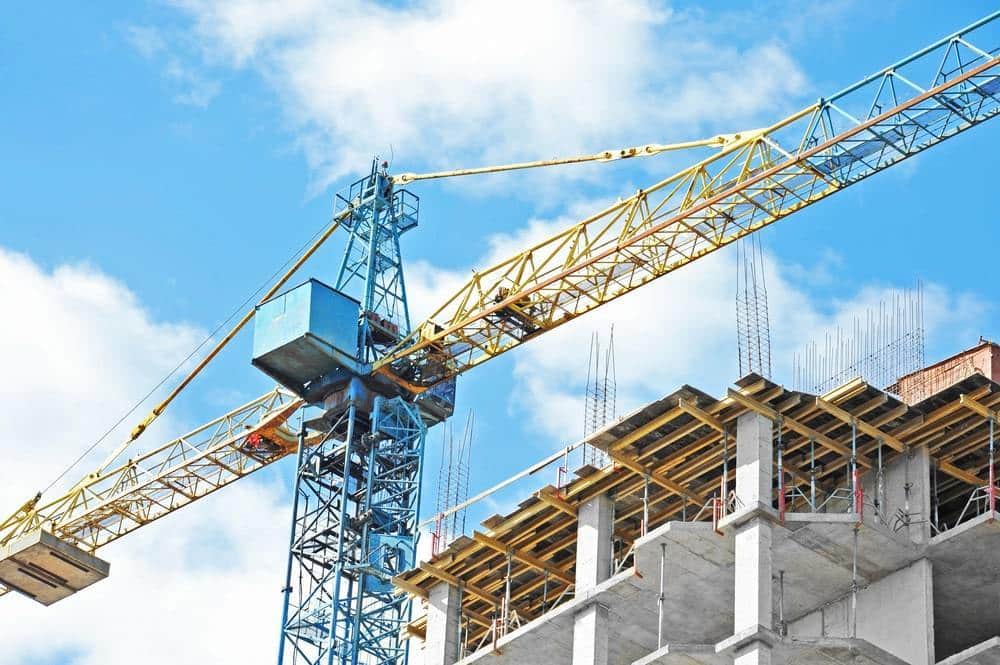Understanding the Types of Cranes – Cranes play a crucial role in the construction industry, providing the necessary lifting power and versatility to handle heavy loads. With various types of cranes available, it’s important to understand their unique features and applications to make informed decisions for your construction projects. In this comprehensive exploration, we will delve into the different types of cranes, their capabilities, and the specific scenarios where they excel.
Understanding the Types of Cranes
- Tower Cranes: Towering Above the Rest Tower cranes are a common sight on large construction sites, especially for high-rise buildings. They are known for their immense height and lifting capacity. Tower cranes offer excellent stability and reach, making them suitable for lifting heavy loads to great heights. Their ability to rotate 360 degrees allows for precise placement of materials and equipment.
- Mobile Cranes: On-the-Go Lifting Power Mobile cranes provide flexibility and mobility, making them ideal for various construction projects. They are mounted on wheels and can be easily transported from one site to another. Mobile cranes come in different configurations, such as all-terrain, rough-terrain, and truck-mounted cranes, each designed to handle specific terrains and lifting requirements. They offer versatility and are suitable for both small-scale and large-scale projects.
- Crawler Cranes: Maneuverability in Challenging Terrains Crawler cranes are equipped with tracks instead of wheels, providing excellent stability and maneuverability on rough or uneven terrains. These cranes are often used in construction projects that require heavy lifting in confined spaces or areas with limited access. Crawler cranes can traverse various surfaces, making them ideal for infrastructure development, bridge construction, and other demanding applications.
- Rough Terrain Cranes: Tackling Off-Road Challenges As the name suggests, rough terrain cranes are designed specifically for off-road conditions. They feature sturdy tires and robust suspension systems that can navigate uneven, unpaved, or muddy terrains. These cranes are commonly used in oil and gas projects, remote construction sites, and infrastructure development in challenging environments.
- Telescopic Cranes: Reaching New Heights Telescopic cranes, also known as hydraulic cranes or mobile telescopic cranes, offer excellent versatility and reach. They feature a telescoping boom that can extend to various lengths, allowing them to handle different lifting tasks. These cranes are popular in construction projects that require frequent repositioning and flexibility in lifting operations.
- Overhead Cranes: Precision and Efficiency Overhead cranes are typically used in indoor settings, such as warehouses, manufacturing facilities, and assembly lines. They consist of a bridge-like structure that runs along elevated tracks, enabling horizontal movement and precise lifting. Overhead cranes are excellent for moving heavy objects within a fixed area and are often operated by pendant or remote controls.
Conclusion: Understanding the types of cranes is essential for selecting the right equipment for your construction projects. Tower cranes excel in high-rise buildings, mobile cranes offer flexibility, crawler cranes tackle challenging terrains, rough terrain cranes handle off-road conditions, telescopic cranes provide reach, and overhead cranes ensure precision and efficiency. By comprehending the capabilities and applications of each crane type, you can make


